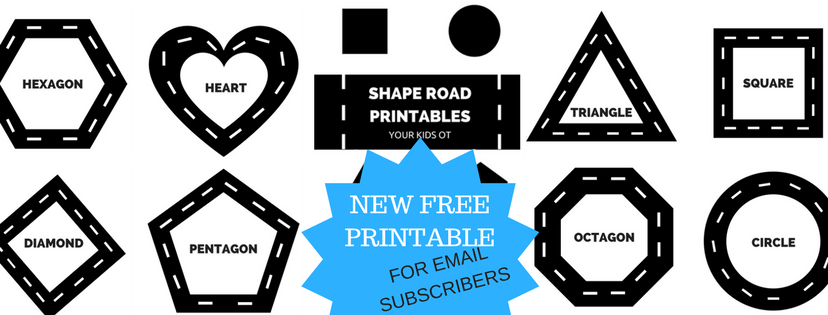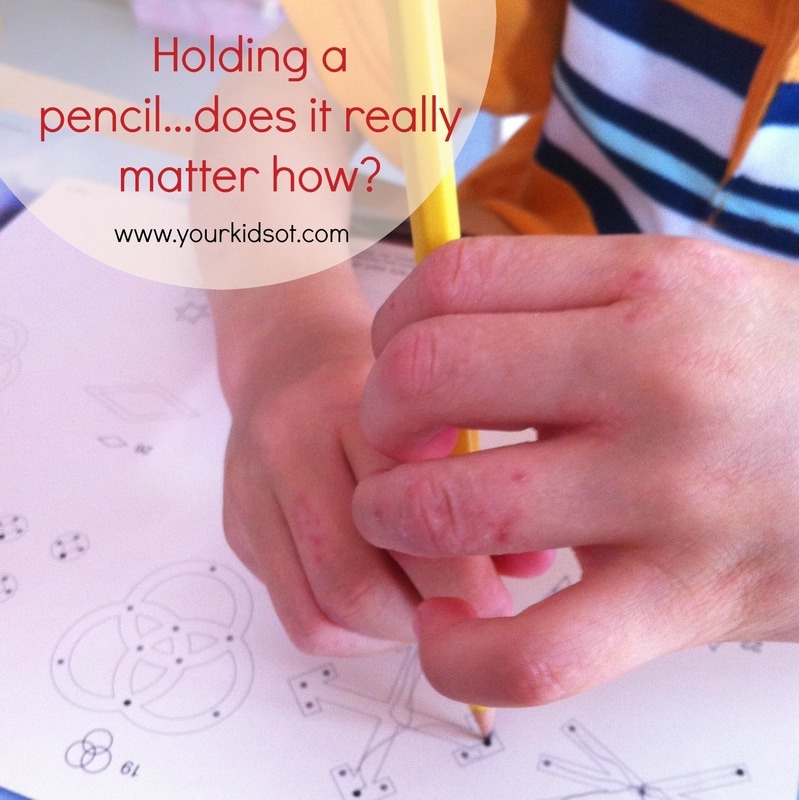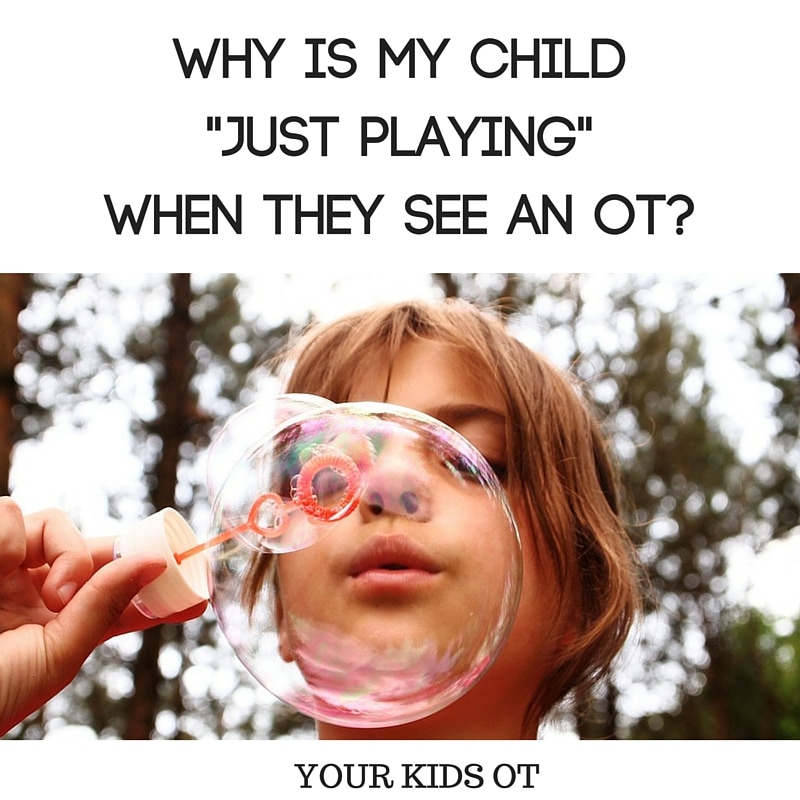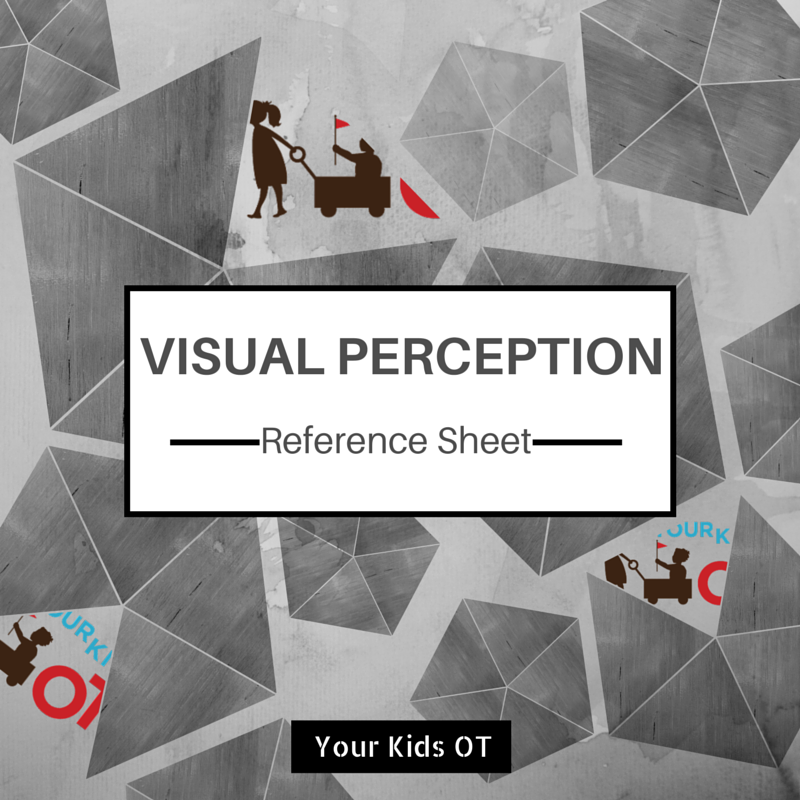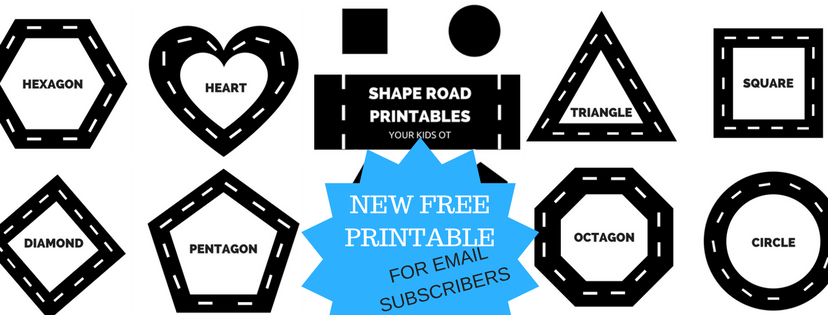|
Spatial awareness is being aware of the position of our own body in relation to our environment around us. This is a fundamental skill to develop before we can then understand how other objects, shapes, other people, letters and words relate to each other and to ourselves. Spatial awareness is important for both the development of gross motor and fine motor skills. It is linked to our visual perceptual skills as we often use our eyes to judge the distance between ourselves and objects or others. Development of spatial awareness is gradual and can be observed through childhood experiences:
As children develop spatial awareness, movement and control of their body becomes more precise. They can "label" their movements with language (eg. under, over, next to) and have a better understanding of distance and direction. School-age children may demonstrate difficulty with spatial awareness in a number of ways.
Occupational Therapists can work with children of all ages who are experiencing difficulty with spatial awareness. They may use a variety of activities depending on the child's age, goals and/or disability or diagnosis. Here are some activities I have been doing with some of the school-age kids {Kindy and Yr 1} I have been seeing, who have been experiencing difficulty with spatial awareness and handwriting... using simple small blocks. 1. Block pattern copying - OT creates simple block pattern and student builds a copy using their blocks. To make it easier I provide the child with the coloured blocks they need. To make it more difficult, I ask the student to close their eyes whilst I'm building so they can not see the process. 2. Block pattern copying from picture - OT draws on a whiteboard the block pattern or has a printed pattern sheet. Student builds block pattern from the picture. To make this more difficult, I place the model on the desk horizontally rather than vertically as seen in these photos. To make this easier, the students can place the blocks directly on the pattern sheet covering the matching box. 3. Block pattern drawing - OT builds a block pattern and student draws it by colouring a grid. To make this easier, the paper could be placed on a vertical surface next to the blocks. Whilst these activities seem simple, for children struggling with spatial awareness...they can be difficult. You may need to help students to notice what coloured blocks are "next to", "on top", "between" or "below" others. Some children will have difficulty when things are presented in a different orientation to where it is reproduced. These children may have difficulty copying from a whiteboard onto paper in front of them. Do you have a set of blocks in your therapy bag? What is your "go to" activity for working on spatial awareness? You may also like:
Everyone from babies to grown ups can have fun with puzzles. Some people find them frustrating, whilst others love the challenge! In a world of fast responses, instant satisfaction and technology to grant it, there is something really nice about slowing down to complete a puzzle. Kids can develop a range of skills when working on puzzles and they can have fun in the process! Babies will typically start with large knob wooden inset (or insert) puzzles. Often the picture of the puzzle is printed in the inset section, the knob is large and easy to hold for little hands. Toddlers will enjoy slightly harder inset puzzles with more options and bright colourful pictures. They will also start to put two, three and maybe four piece interlocking puzzles together. Preschoolers will enjoy layered inset puzzles and more complicated interlocking puzzles (approximately 20-50 pieces). They might be more confident with interlocking puzzles that are within a wooden frame which have the picture underneath to match. Preschoolers also love really large floor puzzles (that are bigger than themselves)! School age children (and adults) will progressively accomplish very complicated interlocking pieces (50+ pieces). The speed of progression will be different for each child, however, your school age child will develop interest in non-traditional puzzles too. This may include 3D models, Tangrams and games (such as Rubik's cubes and Q Twist). There are so many benefits in encouraging your kids with puzzles:
I'm working on a 1000 piece puzzle whilst Miss 8 works on her first 500 piece puzzle. Whilst there have already been cries of frustration followed by moments of triumph (for both of us), I think she might finish first! Bring on the summer holidays! Do your kids like puzzles? Do you? You may also like:
For those of you who have been following Your Kids OT, you will know that I recently went to New York City. So indulge me a minute whilst I show you some photos from the trip. These photos are from Ellis Island which is located on the same ferry route as the Statue of Liberty. Ellis Island was America's largest and most active immigration station. It is now a museum which documents the stories of some of those who passed through its halls with their hopes and dreams of a better life. It was an interesting and moving experience to see what was involved in the "processing" of hopeful immigrants.
"Visual motor perception is the ability to copy geometric shapes, letter or drawing in a proper spatial manner... Form-copy tests are excellent indicators of a child's future school performance. If I had to choose only one test to give a child to determine his school readiness, it would undoubtedly be the form-copy test". K. A. Lane (2005) Developing Ocular Motor and Visual Perceptual Skills: An Activity Workbook . As OTs, we place emphasis on copying shapes when assessing visual perception. Copying the "vertical diamond" in the Beery VMI is reported to have an age norm of 8yrs 1mth. The developmental trends in drawing a vertical diamond include drawing vertical lines (3yrs), reflections of vertical and straight lines (4yrs), closed form with angles (5yrs), squared diamond (5yrs 8mths), definitely elongated (6yrs 10mths) and then the acceptable angularity (8yrs 1mth). When teaching a child to draw a diamond, I focus on their ability to draw diagonal lines and their ability to cross the midline (taking into consideration the child's age and development). A multi-sensory approach is key so that the child "feels" the action and can understand how to motor-plan. This may include drawing in rice and shaving cream, creating with playdough or using craft sticks to create patterns and shapes. Have you been to Ellis Island? Can your child draw a diamond? You may also like these articles...
Felties Compendium Travel Set contains over 300 pre-cut shapes of felt in an assortment of colours. Googly eyes are included too! The travel set has a neat sturdy case that folds up to store these shapes, perfect as the name suggests for taking with you. A great size to pop into a handbag or therapy bag. Kids will love making pictures with these felt pieces! They may copy a small booklet of designs or make up their own. The case is long enough for 2 children to play with this together. There are certainly enough shapes to be shared. Put away the scissors as you will not need to cut out any extra shapes! This is a great therapy tool to take along to therapy sessions. The Felties Compendium Travel Set allows you to work on colour, shapes and visual-motor skills. Can your child copy a pattern? Can they identify a sequence to complete the picture? Can they scan the vast number of shapes to find the ones needed? Can they colour match? Can they use directional language (eg. next to, in front, behind, on top, below, etc)? The Felties Compendium Travel Set may also be used for story telling and pretend play. A scene may be built with characters introduced and objects made as a story unfolds. Whilst Mr 4 and Miss 7 enjoy playing with this at home, I have added it to my therapy bag. It is compact and there is such a range of skills that can be worked on using these shapes! The Felties Compendium Travel Set is available from Finlee and Me in a choice of 2 colours. Have your kids played with felt shapes before? Note: I received no remuneration for this post. I was gifted the Felties Compendium Travel Set by Finlee and Me. All comments, opinions and photographs are my own.
You may also enjoy reading these articles:
YKOT Lego Challenge #3Just in case you haven't been playing along. Here is how it will work for the final 2 challenges. Here is how it will work: For the next 2 Fridays, I will select a "Lego Challenge". Encourage your children to build this during the week and take a photograph. Send in the photograph with a brief description {eg. George, age 6, hovercraft or if you prefer Mr 6, hovercraft} by Thursday 5pm (Sydney time). I will collate the photographs so your child can see their own creation and have a look at what others have made too. Rules:
This week's challenge is ... |
| Hands up if you are a fan of Lego? Did you play as a child? There are only a few of my childhood toys that have lasted the test of time to be passed onto my own children. My "Cabbage Patch Kid" {Karen Crescenda}, board games, books and a bucketful of LEGO. Now Karen was completely unappreciated by either of my children but the LEGO is well loved. A common complaint I hear among my friends {other parents} is about LEGO sets. Once built, the sets stay built and not played with or broken up and never put back together again. Is this your experience? |
Before I go into the details, I have to let you know that I was inspired to do this after reading about LEGO quest (found on Pinterest). In 2010, a series of quests were given where readers would build and photograph their achievements. I wish we could have been a part of this quest but my kids would have been too young.
So here it is....
YKOT Lego Challenge!
Each Friday for the next 4 weeks, I will select a "Lego Challenge". Encourage your children to build this during the week and take a photograph. Send in the photograph with a brief description {eg. George, age 6, hovercraft or if you prefer Mr 6, hovercraft} by Thursday 5pm (Sydney time). I will collate the photographs so your child can see their own creation and have a look at what others have made too.
Rules:
- Open to children of all ages. {This is not a school assignment so it is not about parental help for the best looking creation but parents can help if they want to! Parents you can build your own if you want to but please label as such. If no-one submits a photograph you might just get lots of my creations. LOL}
- Children can submit more than one photograph per challenge if they want to.
- Children may use any "brick-like-Lego" to complete the challenges including Duplo, Megabloks, etc.
- Photographs submitted will become the property of Your Kids OT and may be published on the website, FB and Pinterest. Thanks!
- This is non-competitive challenge and is designed for encouraging imagination and creativity! Sorry no prizes and no winner.
- Email your photo/s to cindy@yourkidsot.com
- Tell your friends about the challenge!
- Have fun!!!
This can be any bricks that you select.
Are you {and your kids} up for the challenge? The Lego challenge?
The visual layout of this app is very simple - light green path and dark greed background. A green line is drawn as you draw your path through the maze. If you make an error and go back through the maze then the path turns red.
The app is suitable for kids 4 years and older, with some adults finding the higher levels challenging. The app allows you to select the level that you want to complete so you are not required to complete all the levels sequentially. You can also repeat a level with several different mazes and stop during any level. The app has no recording function to remember which mazes have been completed.
| I encourage school-aged children to use a stylus to draw through the maze, promoting a dynamic tripod grasp. I find iMazing! a useful app to have in my ipad to use during therapy sessions. Download it and try it with your child today. Do your children like mazes? |
We often jump in too early trying to teach kids to recognise and reproduce letters and numbers, when they haven't had a chance to master controlling the pencil for lines, curves and shapes. Writing also requires the integration of visual skills with motor skills to piece together how lines, curves and shapes stick together to form a letter or number.
Mastering lines, curves and shapes will bring smooth pencil control and fluency is so important with all writing (print and cursive) and drawing.
Asking children to draw over "printables" is beneficial for eye-hand coordination and having a visual guide to drawing. {Refer to this post for free pre-writing printables.} However, it is also important that children can draw lines, curves and shapes without visual prompts {which is why I like worksheets that fade the visual prompts like these ones}. It is important for children to "feel" where their arm, hand and fingers are during this movement (kinesthetic learning) as well as plan how to move their arm, hand and fingers to reproduce the pattern.
What do you think of when I say "Fluency and pencil control"?
- Tracing over pre-writing patterns with a finger, paintbrush or dry-erase marker.
- Provide hand over hand (that is guide your child's hand by holding it) to draw the fluency patterns.
- Draw a set of pictures on a white board and randomly pick out a fluency pattern to draw a path from one picture to another (see photograph collage below).
- Use fluency pattern cards as a time-filler in a Kindergarten classroom for independent drawing on paper. See if your children can reproduce the fluency pattern by calling out the name.
- Use fluency patterns cards in a pre-school environment for independent copying on paper.
- Make rainbow fluency patterns using different colours for the same pattern.
- Use grid paper/books to draw straight line fluency patterns (such as zig zags or castle)
| Welcome to my new subscribers! There are a quite a few of you in the last week. Thanks for joining us at Your Kids OT and I hope you enjoy reading the blog. I love to hear from you, so let me know! Today it's Freebie Friday #4... Visual Motor Skills. If you have been following the blog this week, you would have noticed that I have been focusing on visual perception. If you missed it, here are the links to Behavioural Optometry...vision more than seeing and I spy with my little eye. |
Here are some great freebies to encourage your child's development of their visual motor skills. Click on the title or the photo for links directly to the relevant website.
It is the last day of school term for us today and I am giving myself a blog-break over our school holidays to spend some time with Miss 7 and Mr 4. I will be posting links to previous posts during this time so you will have some suggestions to do over the holidays. So please stay around and I would appreciate it if you don't unsubscribe or unlike me during this time!
What are you planning to do these school holidays? We are doing birthday celebrations #2 for Mr just -turned-4 years with his just-turned-4 years cousin this weekend. I've just finished her cake ... I love playing around with fondant. It is my therapy!
Happy Holidays!!
| There are lots of great "spying" books on the market which encourage kids to find objects within a page. The classics include "Animalia" and "Where's Wally". The ability to see an object or form in a complex background with lots of visual information is called figure ground which is a visual perceptual skill. Some of these books also include visual closure (where you can see part of a picture) and form constancy (picture is a different size or orientation). |
| I spy: Series by Jean Marzollo. Illustrated and photographed by Walter Wick. This includes I spy a school bus, school, treasure hunt, butterfly, little animals, monsters, etc. There is also a sticker book version where you can match the sticker or create your own "I spy" page. This is a great series for preschoolers and certainly kept mine busy on a recent aeroplane trip. All the books (except the sticker book) are small and thin, so they are very easy to pop into a handbag or backpack as an "on the go" activity. | Picture Find: By Hinkler Books. This is a large A3 size book. The pages can be ripped out of the book and used individually. We have taken out a page at a time to fold up and bring with us to a restaurant. I have also given individual pages to students as their "OT homework". There are boxes for your child to "tick" when they have found the picture. It is helpful if your child can read as some of the pictures are labelled rather than drawn. However, these pages could be completed with another family member or in a small group. There are a wide variety of themes through the book that will appeal to boys and girls. |
| 1001 things to Spot: Series by Usborne. Another great series which includes 1001 things to spot in the town, in fairyland, at Christmas, in the sea, pirate things to spot, etc. These are the books that I have used with my school-age OT students as a writing activity. | 501 Things to find: Series by Hinkler Simple pictures to find suitable for preschoolers. Mr-just-turned-4 years received the construction one for his birthday from a friend and has spent hours pouring of this book. |
| Hidden Pictures: Workbook & CD-ROM by School Zone A range of Hidden Pictures books available for a wide age range. The CD software enables you to create your own hidden picture pages using your computer. | Animalia by Graeme Base Animalia is a fantastic letter hunt book with a difference. The illustrations are incredible and the rhymes hysterical. It is a classic and a must-have for your home library. |
| Where's Wally (or Waldo) by Martin Handford Another classic book for big kids and grown ups too. | Here are a few more... 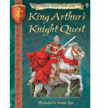 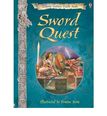 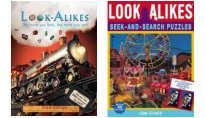 |
Thank you for your support of Your Kids OT.
Author
Hi, I'm Cindy and I am an Occupational Therapist. I enjoy working creatively with children to see them reach their potential. Read more about me here.
Archives
April 2024
March 2024
February 2024
January 2024
December 2023
October 2023
September 2023
August 2023
July 2023
May 2023
March 2023
February 2023
January 2023
December 2022
November 2022
September 2022
August 2022
April 2022
March 2022
February 2022
January 2022
December 2021
November 2021
October 2021
September 2021
August 2021
July 2021
June 2021
May 2021
April 2021
March 2021
February 2021
January 2021
December 2020
November 2020
October 2020
September 2020
August 2020
July 2020
June 2020
May 2020
April 2020
March 2020
January 2020
December 2019
November 2019
October 2019
August 2019
June 2019
April 2019
March 2019
February 2019
January 2019
December 2018
November 2018
October 2018
September 2018
August 2018
April 2018
March 2018
February 2018
January 2018
December 2017
November 2017
October 2017
September 2017
August 2017
July 2017
June 2017
May 2017
April 2017
March 2017
February 2017
January 2017
December 2016
November 2016
September 2016
August 2016
July 2016
June 2016
May 2016
April 2016
March 2016
February 2016
January 2016
December 2015
November 2015
October 2015
September 2015
August 2015
July 2015
June 2015
May 2015
April 2015
March 2015
February 2015
January 2015
December 2014
November 2014
October 2014
September 2014
August 2014
July 2014
June 2014
May 2014
April 2014
March 2014
February 2014
January 2014
Categories
All
Acessibility Notes
Alphabet
Ask An OT
Bilateral-coordination
Bilateral-coordination
Christmas
Concepts And Cognition
Easter
Evidence Based Practice
Fine Motor
Freebie
Functional Skills For Kids
Giveaway
Gross Motor
Guest Blogger
Handwriting And Writing
Homemade
Interoception
Kids In The Kitchen
Lego-challengee27c5a2753
Meme
Organisation
Other
Ot Profession
OT Resources
Pencil Grasp
Play
Printable
Regulation
Reviews
Rewards And Motivation
School
Scissor Skills
Self Help Skills
Sensory
Social Skills
Visual-perception
Visual-perception
Website Spotlight
Welcome
World Ot Day
YKOT Shop
Your Kids Therapy Ideas

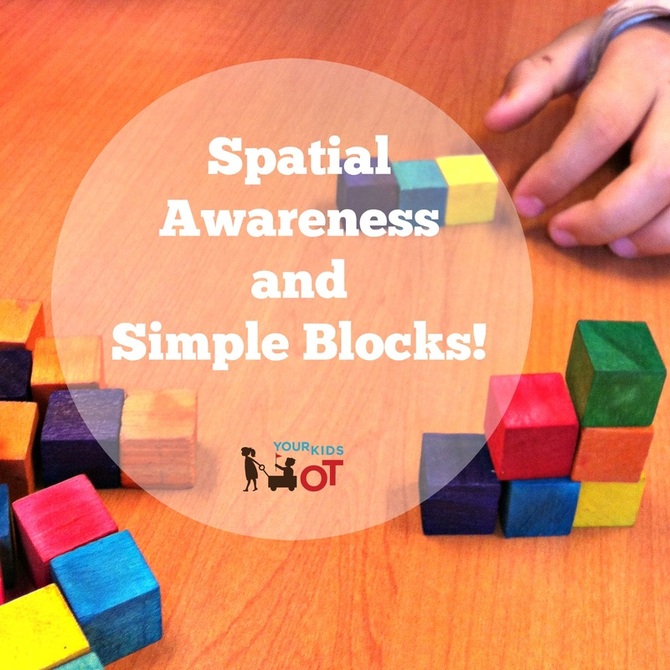

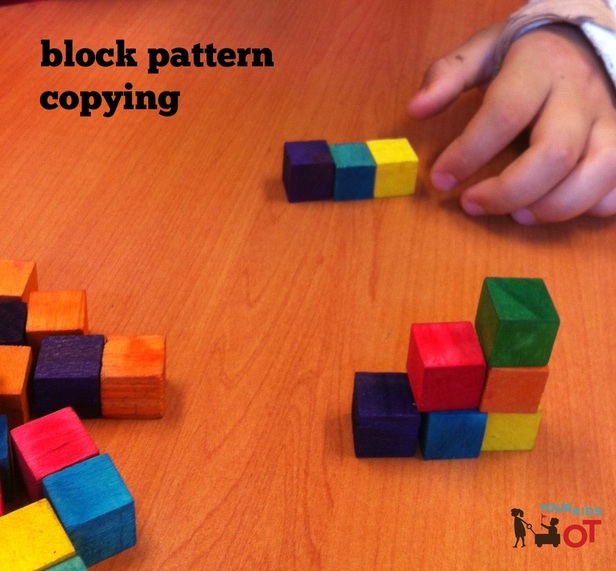
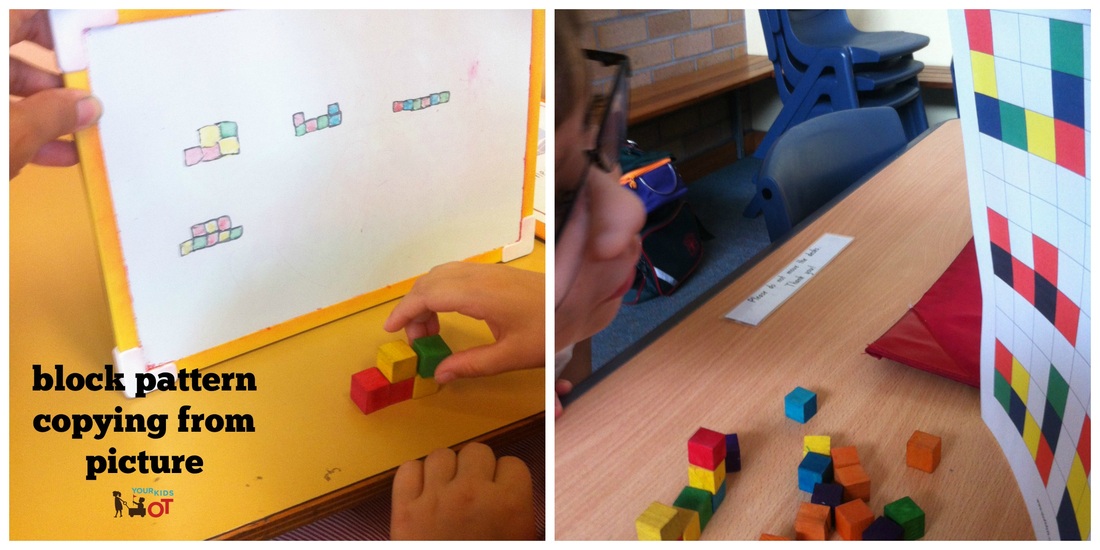


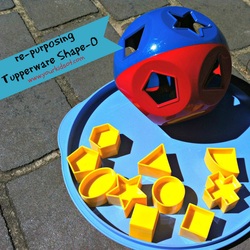
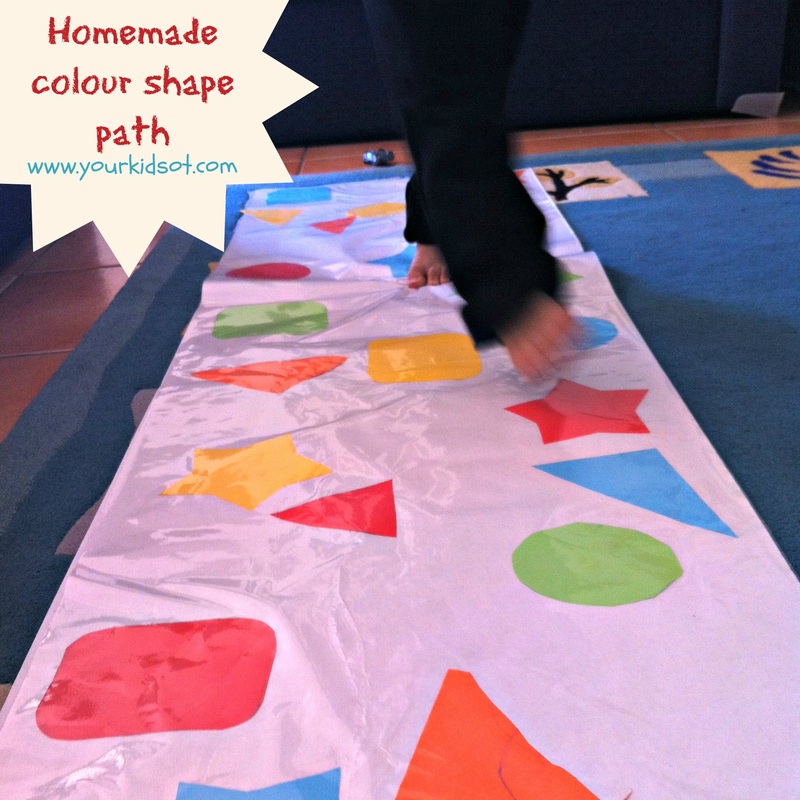
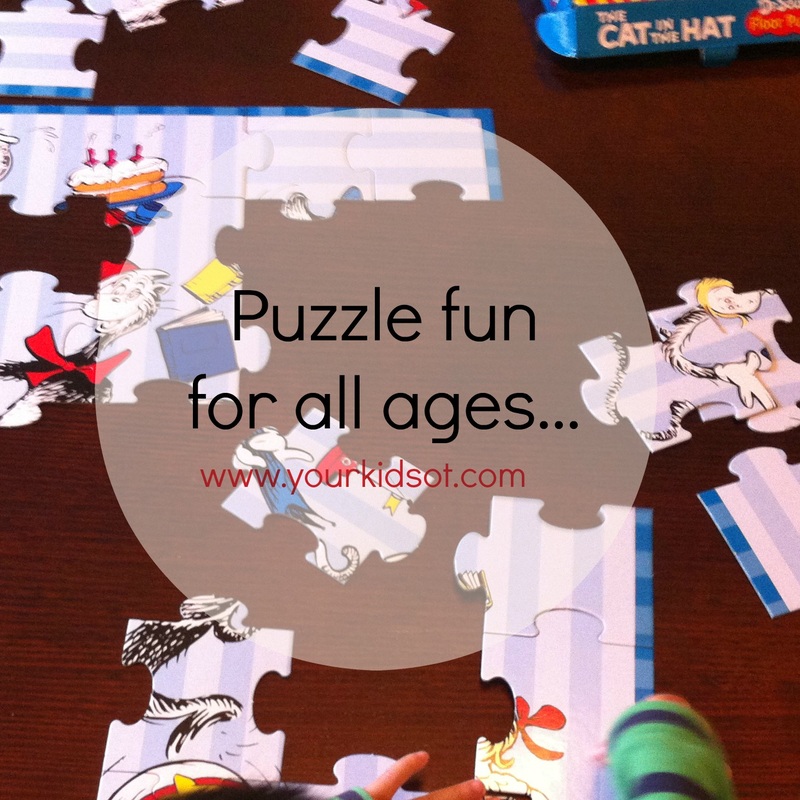
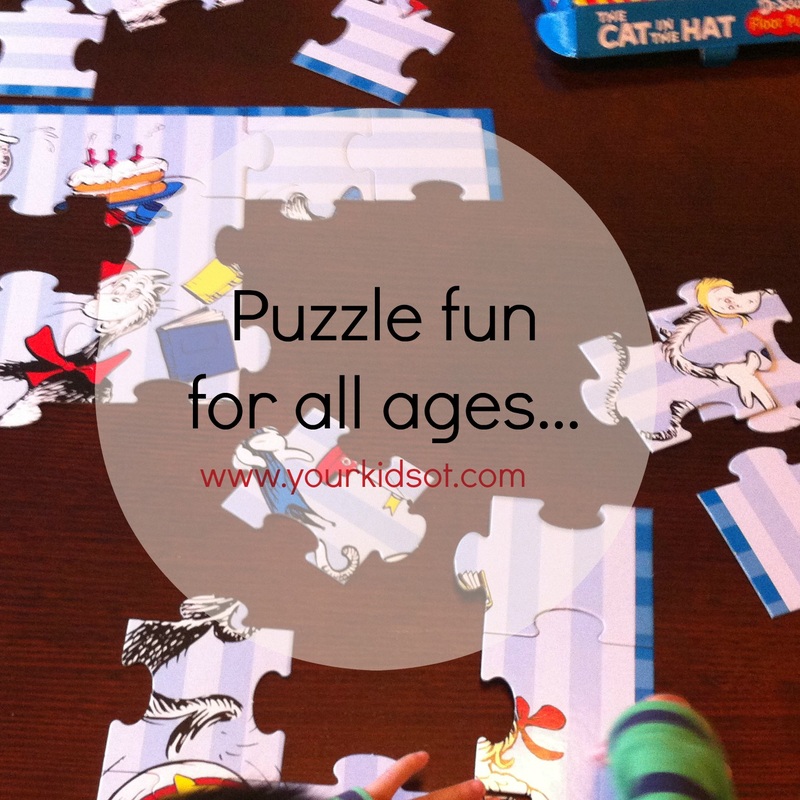
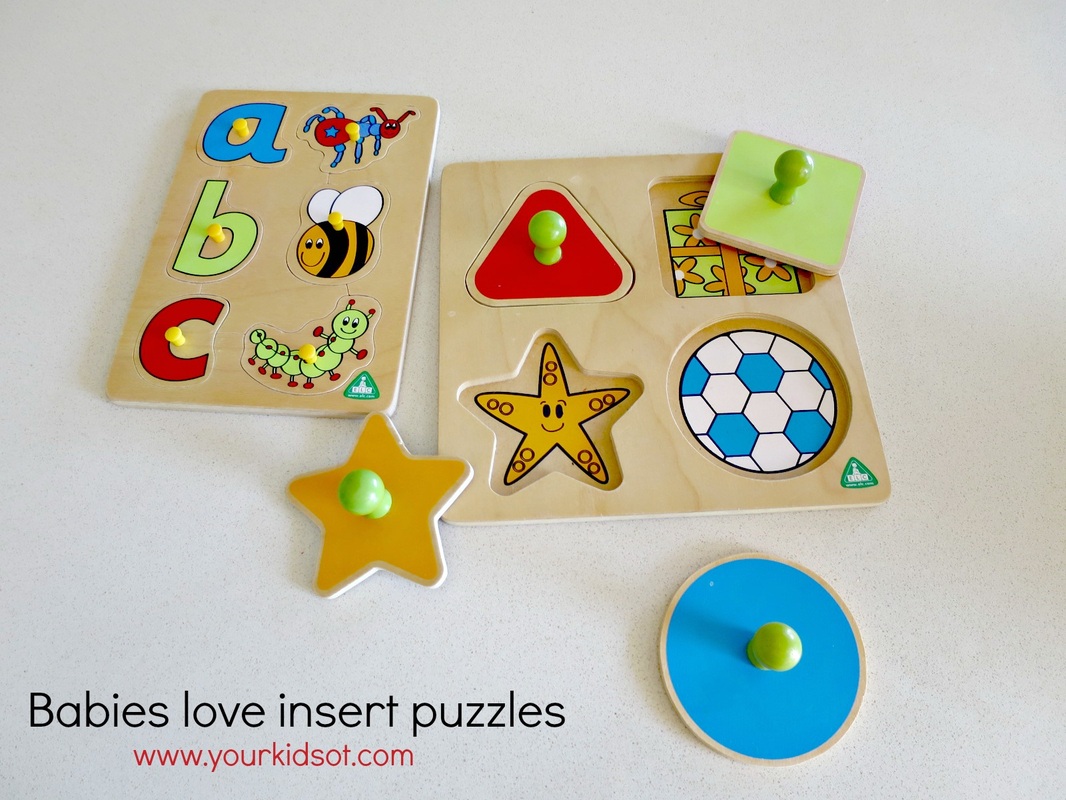
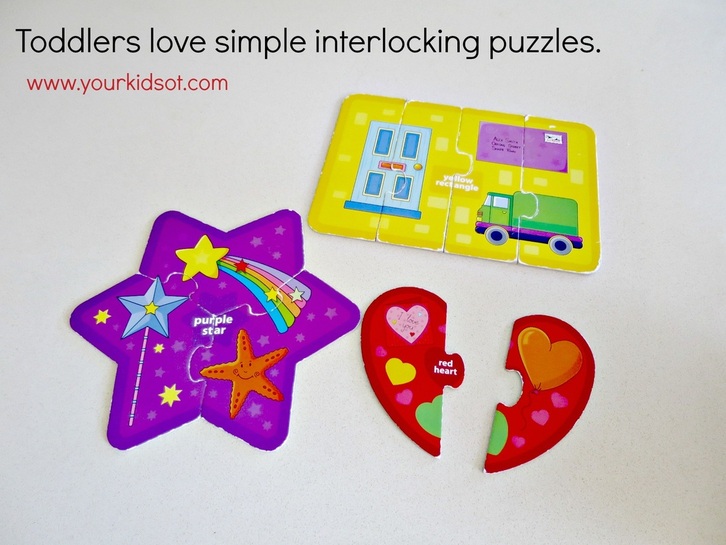
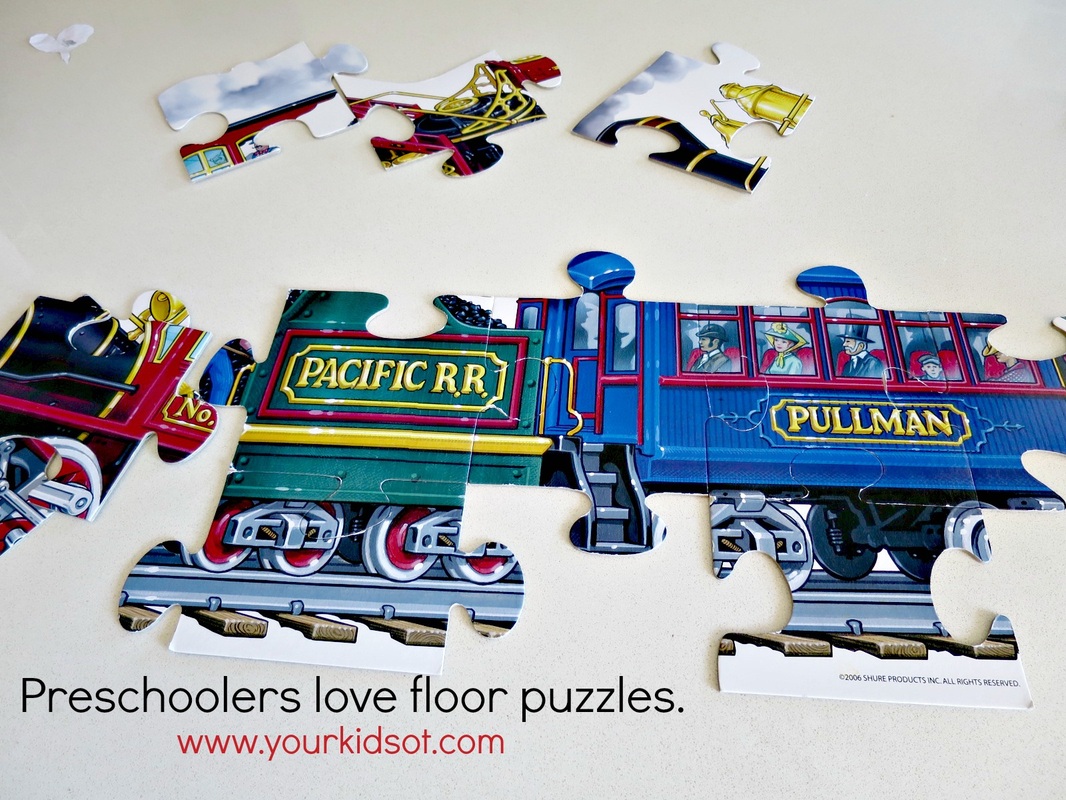
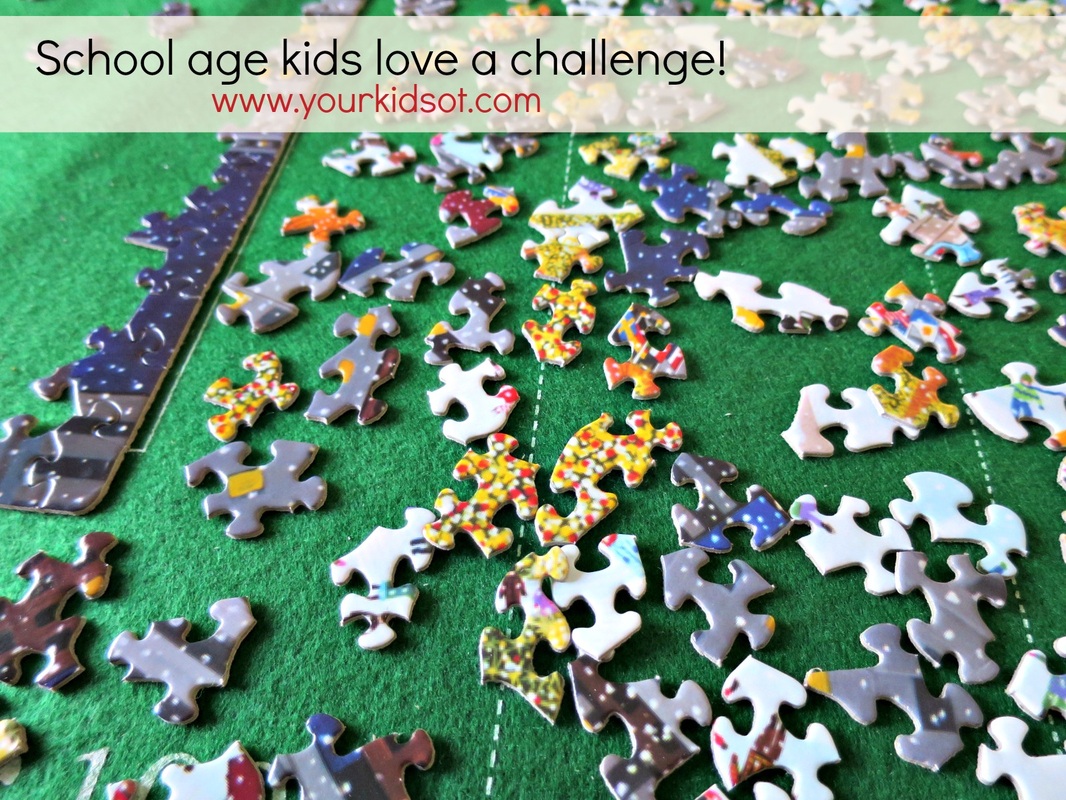
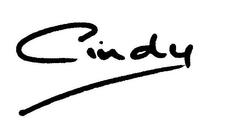
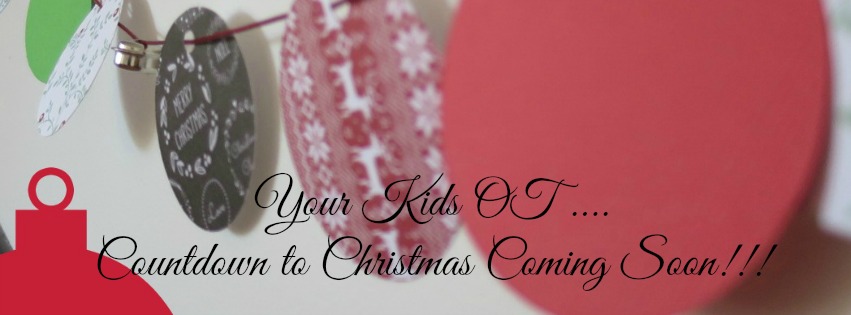
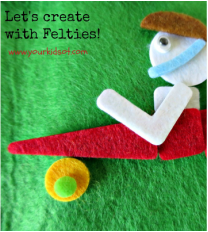
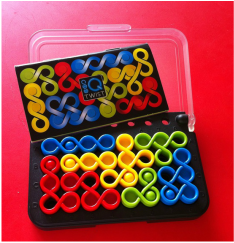
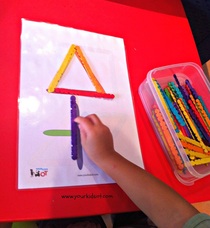
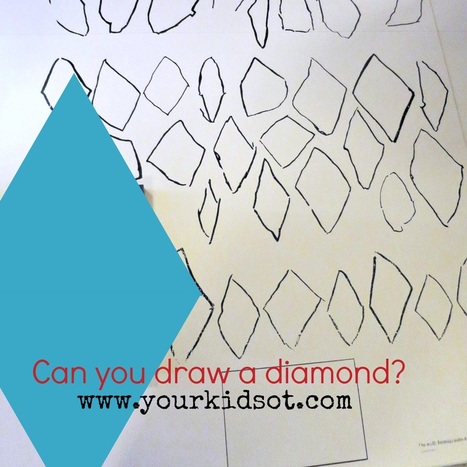

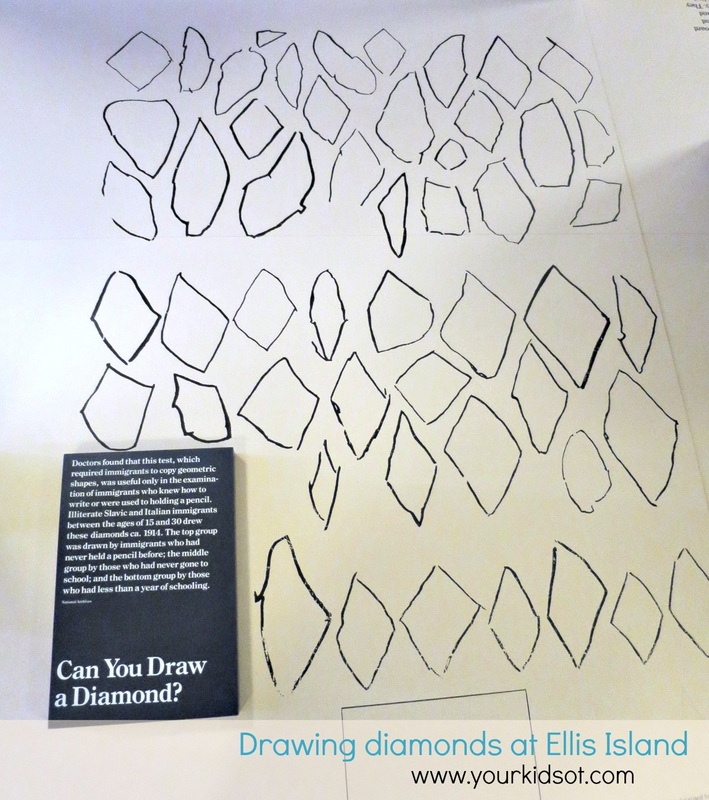
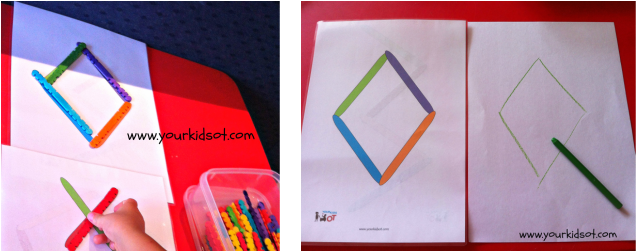

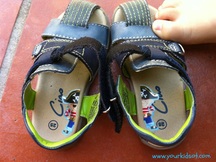
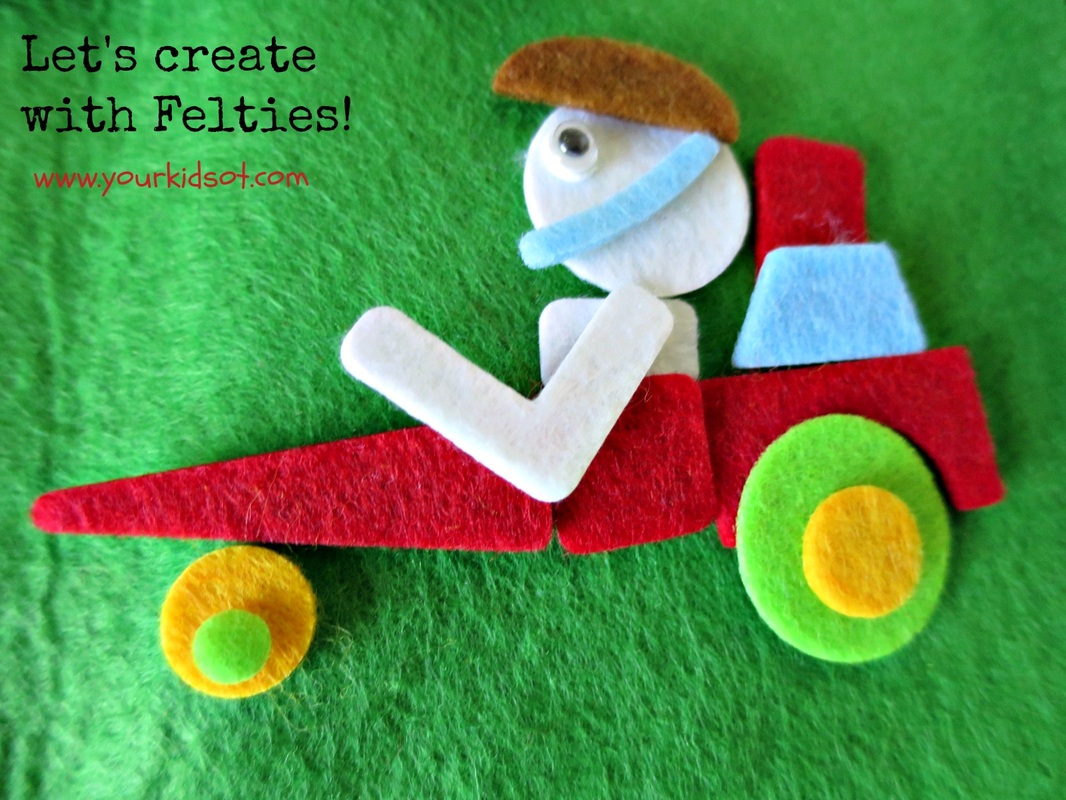
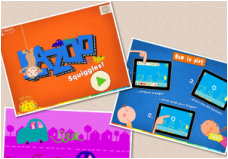
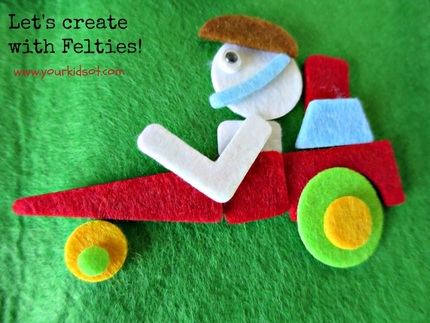
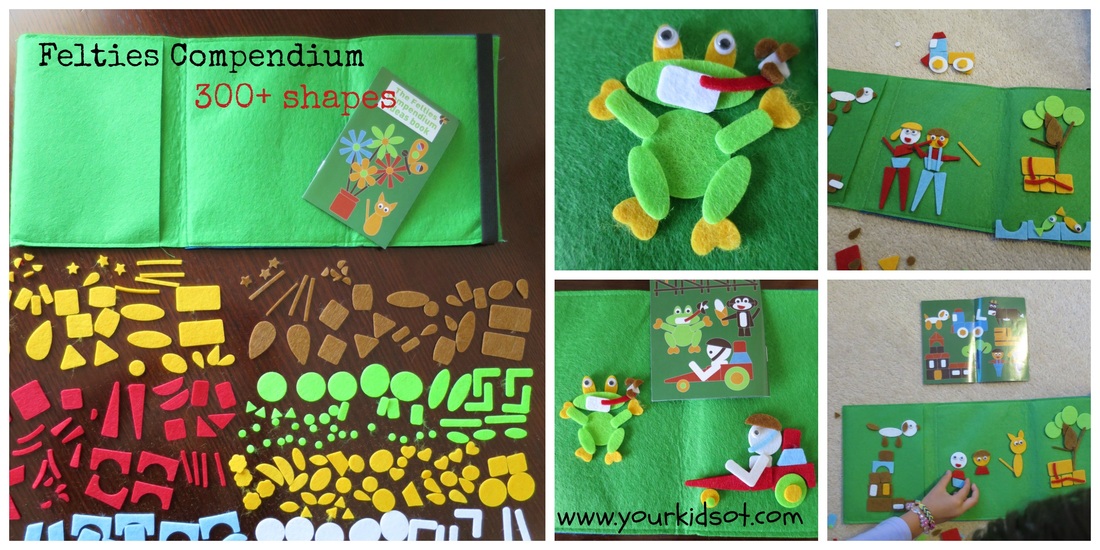

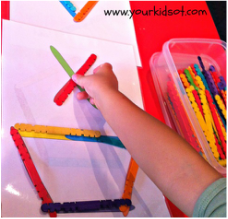
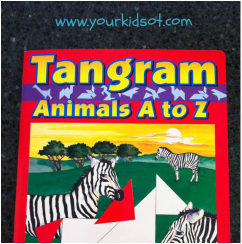


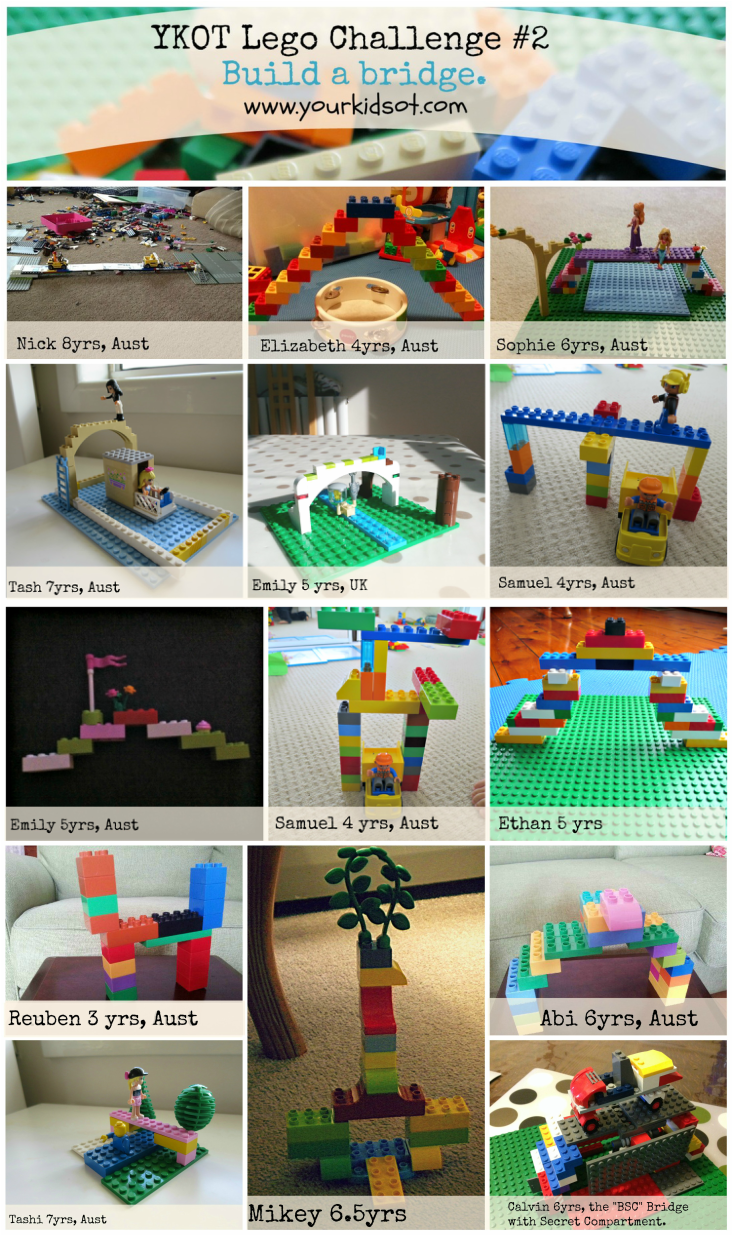
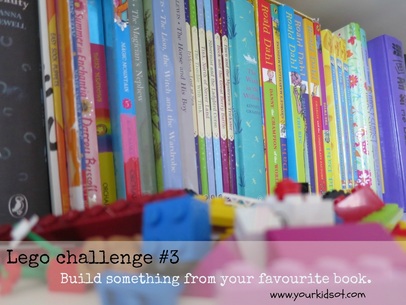
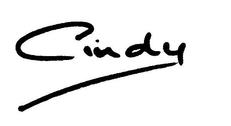
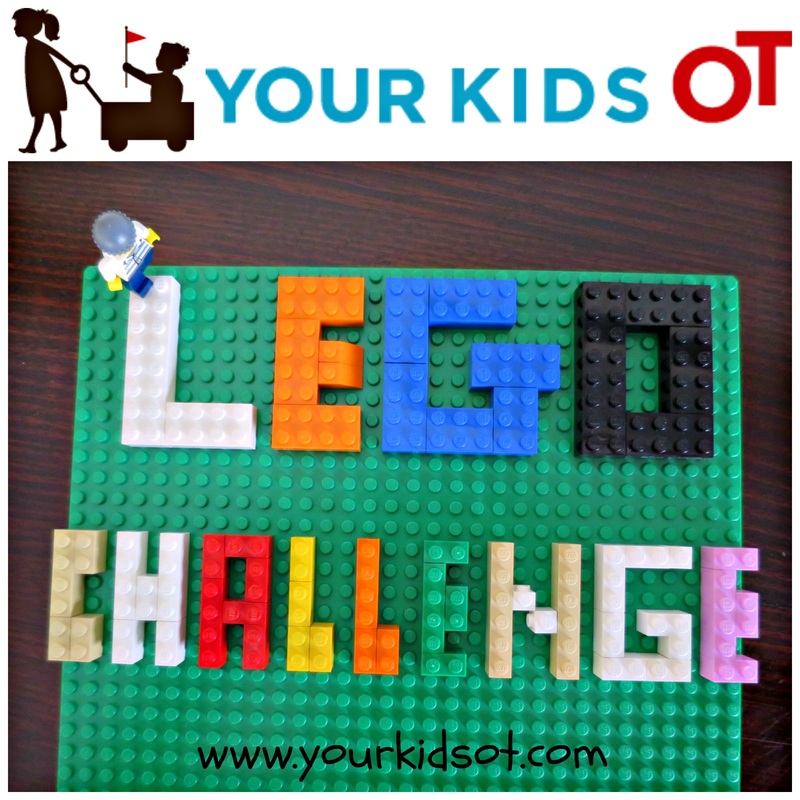

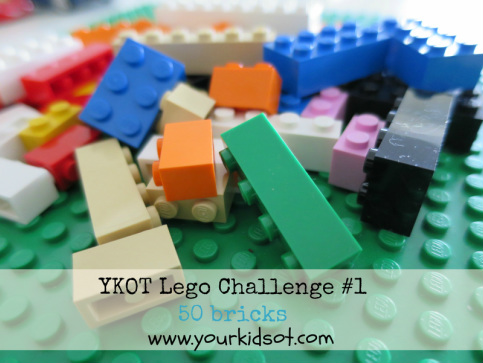
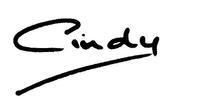



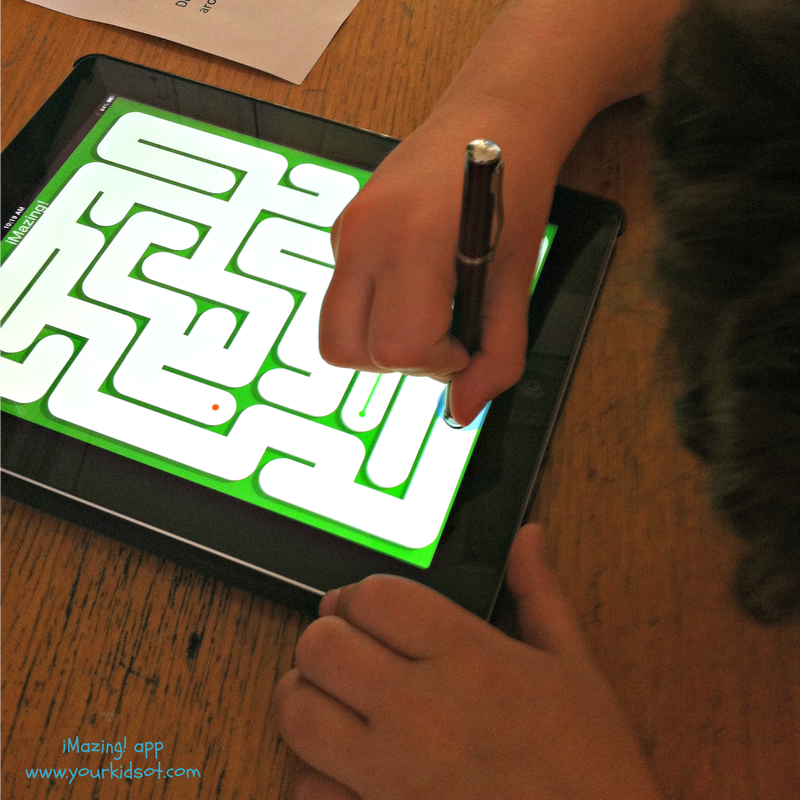
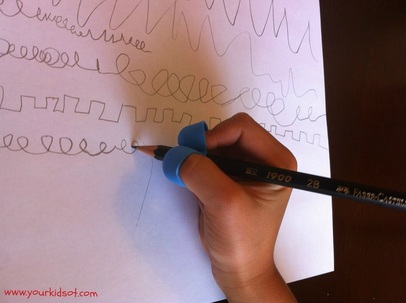
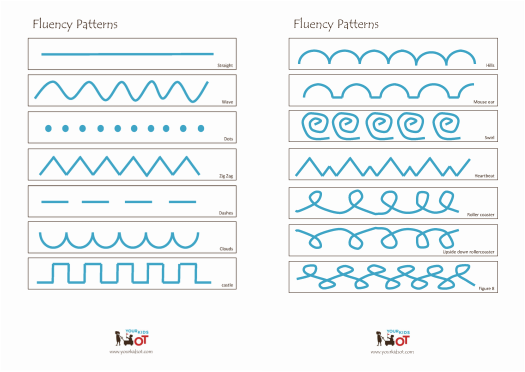
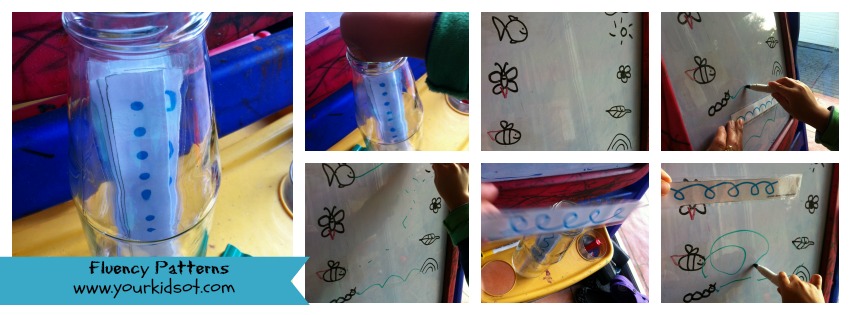

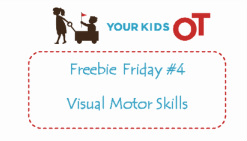
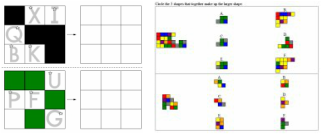
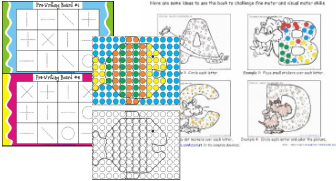
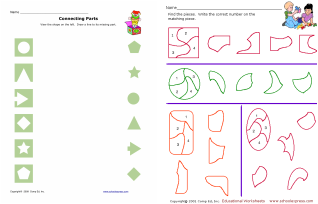
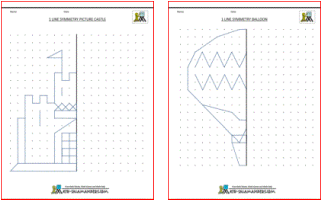
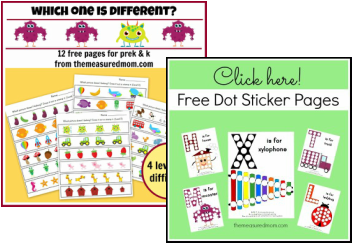
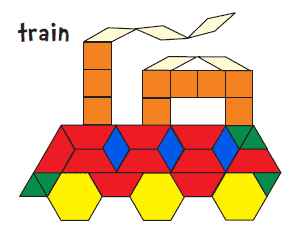
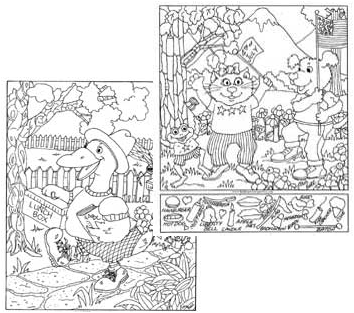
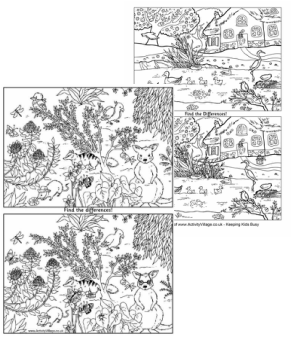

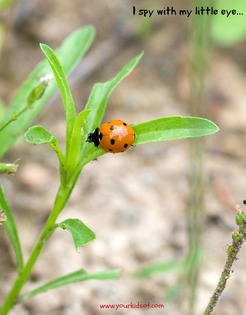
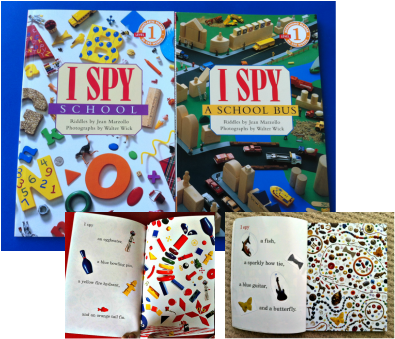
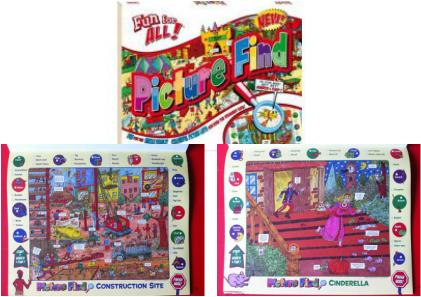
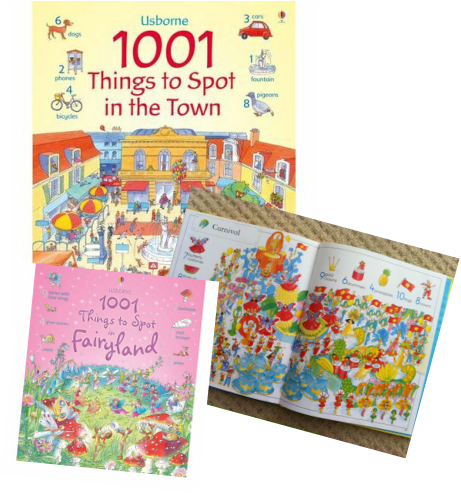
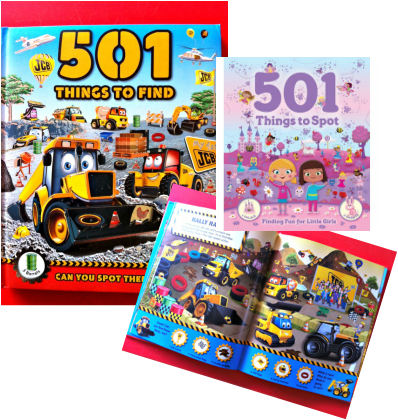
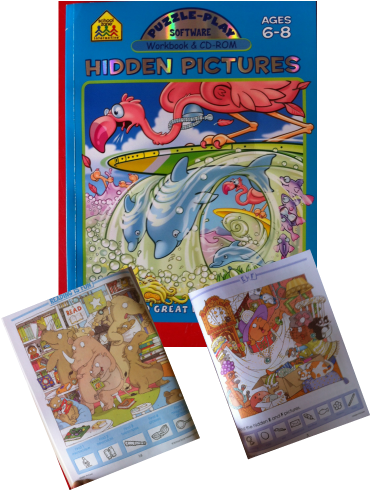
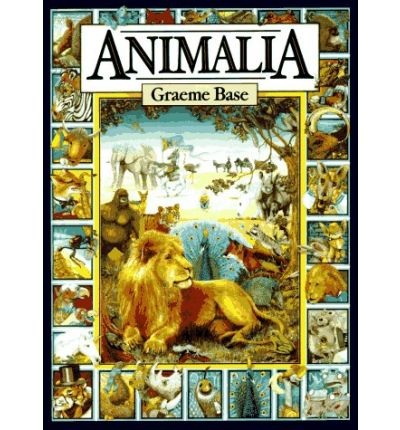
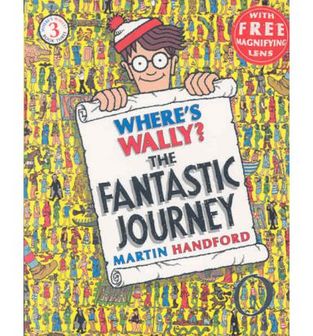

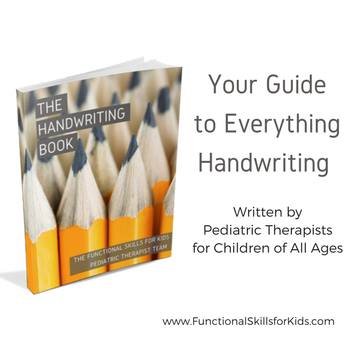
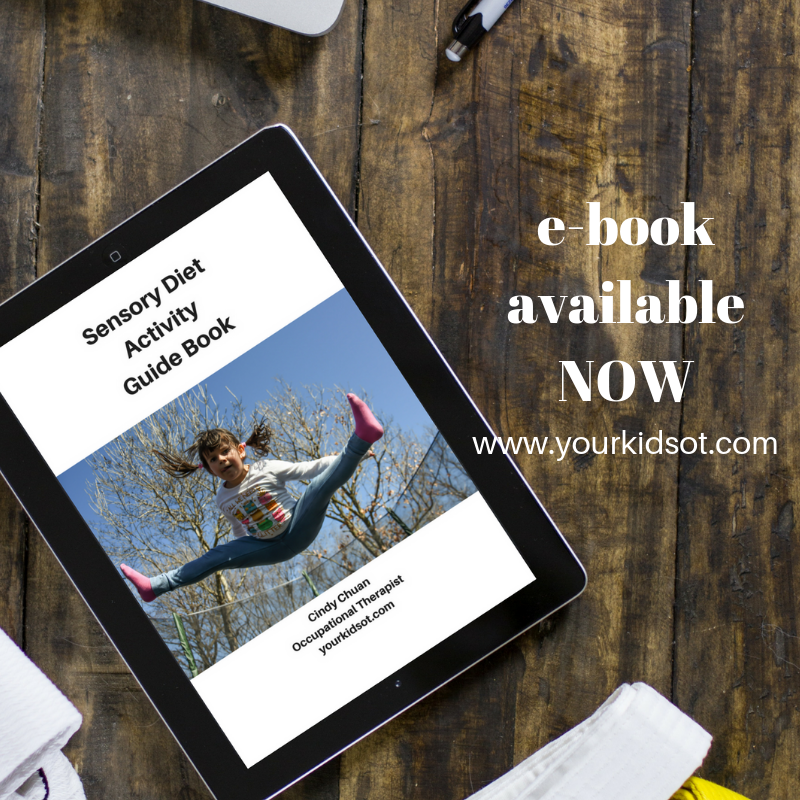
 RSS Feed
RSS Feed
